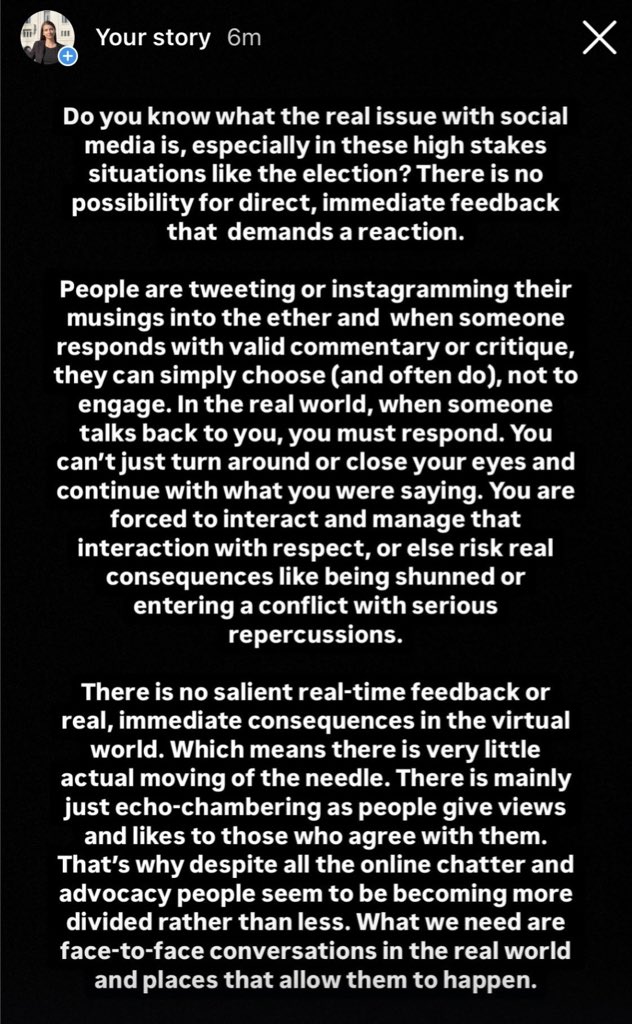
Dr. T. Panova
@DrTPanova
PhD in psychology I Published researcher I Writing a book on suburban design’s powerful influence on mental health & society
So many of our problems arise because we do not understand each other. So often we do not understand each other because we do not know each other. So often we do not know each other because there are few places for us to meet. Thus, healthy & happy communities need #placemaking

What we see here isn’t simply a paving over of buildings - it is a complete destruction of layers and layers of history, culture, community, opportunities, relationships, and rich social fabric. We are in the challenged state we are in now because only 60 years ago we hit restart
A lot of our problems in our cities can be traced back to this.
To spend time in the most beautiful cities ever created and come away with the conclusion that they’re inferior because some restaurants don’t serve ice and some buildings don’t have AC will forever baffle me in the US vs Europe debate…surely these cannot be your priorities…
Hot take: Europe is a bunch of third-world countries with better branding. No A/C. No dryers. Ice is a luxury. You’ll sweat through dinner while the waiter ignores you for 2 hours. Say what you want about America, but at least eating out doesn’t feel like hot yoga with bread.
Imagine thinking a block of on street parking is more important than this?
“Let’s go play outside!” But where? In many cities, kids face traffic, fences, and concrete instead of parks or safe streets. When public space disappears, so does childhood. Urban planning must make room for play, movement, and imagination. Kids deserve better 🌳
Every American should have one of these in walking distance from their home.
Don’t believe when they say you need high rises to increase population density. Manhattan has 28000 people per sqkm. Paris has up to 50000 in the inner city. Without any high rises. Except for Tour Montparnasse, which everybody hates. Gentle density is the key
Windows
How I feel when research comes out that states “people don’t like being lonely” or “walking is healthy” to argue for why we need more walkable places.
Happy Social Life! Team Social Life Project Reflects on Our favorite Articles of the Year sociallifeproject.org/team-picks-fav… by @Fred_Kent @DrTPanova @gsebag @MemoBernal @ebkent Katherine Peinhardt, Josh Kent, Kathy Madden and Meg Bradley #Placemaking
“The United States, with its enormous highways, sprawling suburbs and neglected public transport systems, is one of the most car-dependent countries in the world. But this arrangement of obligatory driving is making many Americans actively unhappy, new research has found.” Via…
"I wonder why we have a loneliness epidemic?" Outside:
All Americans should live within walking distance of the following four places: - Coffee shop - Convenience store - Bookstore - Grocery store
Considering that humanity is expressed through beauty, art, and architecture and the appreciation of and respect for those things, perhaps it ought to be indeed.
How the hell do you do this to a building?! Not technically a crime against humanity, but it ought to be.
One of the most obvious things to do if you really want to make cities better for people, and thus more successful, safe and enjoyable, is make our sidewalks bigger and better. This one is worth a read. #CitiesForPeople sociallifeproject.org/double-loaded-…
I think having small friendly interactions with strangers is so important for humanity
Who knew?
Researchers: "Car-centric neighborhoods really are boring." psychologytoday.com/intl/blog/the-…
In my dream Chicago courtyard block, I get to play euchre with my friends on a balcony while my kids run around with their friends in the courtyard playground.
Looks great, @elonmusk - can the next iteration be this right here?
Futuristic Art Deco Bus
Grateful and honored to be selected by @planetizen as one of the urban planning creators you should know. Thank you to everyone who watches my videos, shares and comments on them, and engages in important conversations. Together we can create better cities.
Whether you’re a TikTok enthusiast or a Substack reader, you can find plenty of valuable and engaging urban planning content in the new media landscape. planetizen.com/features/13197…
